For anglers seeking the thrill of landing larger and more elusive trout, mastering the art of targeted strategies is key. The pursuit of bigger trout demands a nuanced understanding of their behavior, habitats, and feeding patterns. In this comprehensive guide, we’ll delve into the tactics and techniques necessary to elevate your trout fishing game and increase the likelihood of catching those coveted trophy-sized specimens.
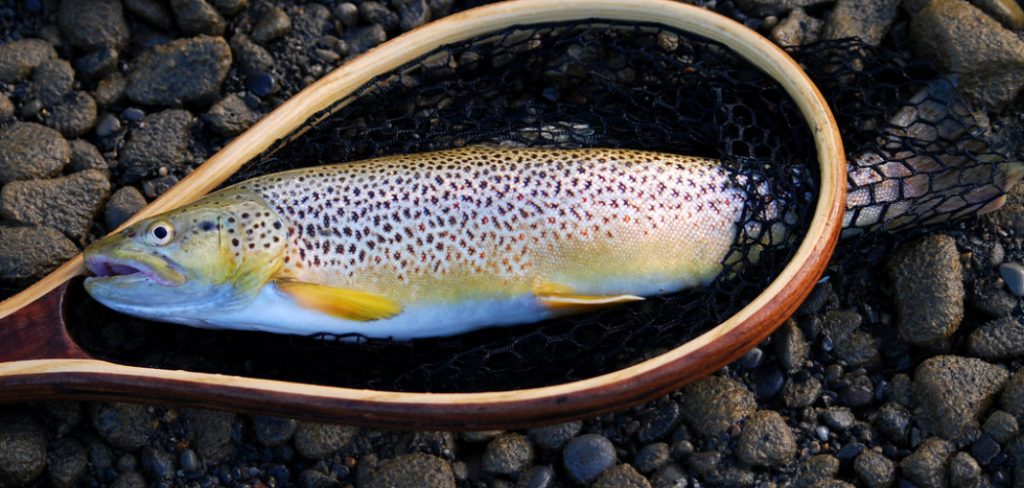
From selecting the right bait and lures to exploring prime trout habitats and honing your casting skills, we’ll cover the essential aspects of how to catch bigger trout. Whether you’re a novice angler looking to enhance your skills or an experienced trout enthusiast aiming to set new personal records, this guide will provide valuable insights to help you navigate the waters with confidence and increase your chances of hooking those remarkable, sizable trout.
The Allure of Catching Bigger Trout
Catching bigger trout is an exciting prospect for many anglers. The thrill of reeling in a large fish, the challenge of outsmarting a wily trout, and the satisfaction of catching a trophy-sized specimen all contribute to the allure of targeting larger fish.
If you’re looking to catch bigger trout, there are several factors to consider. First and foremost, it’s important to understand what makes a trout grow to be bigger than average. Factors such as genetics, food availability, and habitat all play a role in the size of a trout.
Genetics can determine how large a trout will grow to be. Some species of trout are naturally larger than others, so targeting these types of fish can increase your chances of catching bigger ones.
Food availability is another important factor. Trout that have access to a plentiful food source will be able to grow larger and faster than those with limited resources. Understanding the natural food sources in the area you are fishing can help you target larger trout.
Habitat also plays a significant role in the size of a trout. For example, if you’re fishing in a river or stream with a good mix of deep pools and riffles, you’re more likely to find bigger trout in the deeper pools where they can hide and conserve energy.
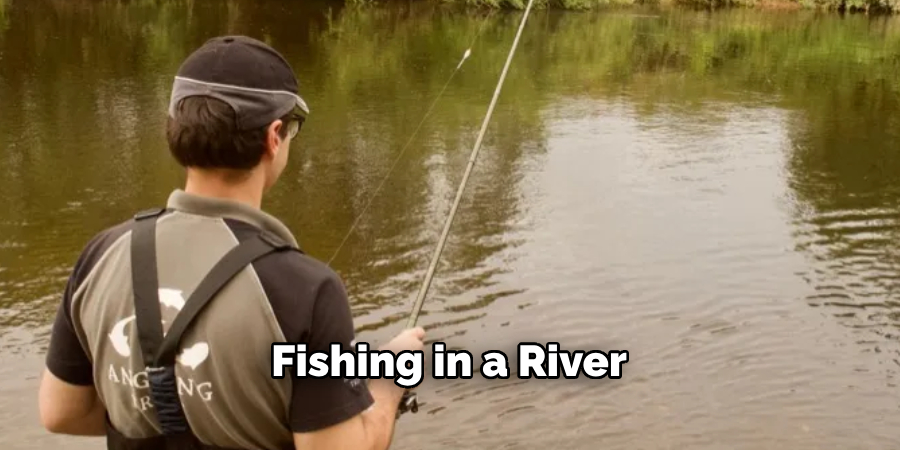
In addition to understanding what makes a trout grow larger, there are also some techniques and strategies you can use to increase your chances of catching bigger fish.
10 Methods How to Catch Bigger Trout
1. Choose the Right Location
The first step to catching bigger trout is choosing the right location. Look for areas with deep pools, undercut banks, and plenty of cover such as fallen trees or rocks. These are prime spots where larger trout like to hide and feed.
2. Use Live Bait
Live bait is often more appealing to larger trout than artificial lures. Nightcrawlers, minnows, and grasshoppers are all great options for live bait when targeting bigger trout. When using live bait, it’s important to use the right size and type of hook. A larger trout will require a bigger hook to ensure a secure and successful catch.
3. Try Different Lures
If you prefer using lures over live bait, try switching up your presentation and using different types of lures. Larger trout may be more attracted to bigger lures or ones that mimic their natural prey such as small fish or insects. Experiment with different colors, sizes, and styles to see what works best in your fishing spot.
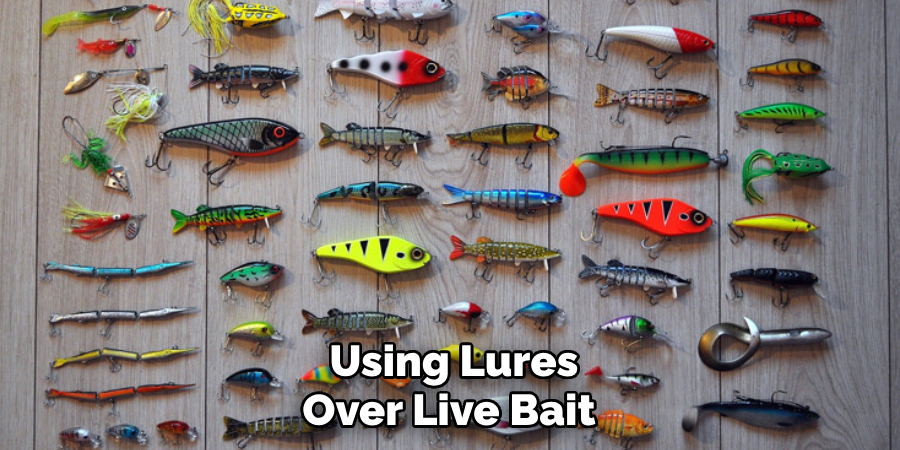
4. Fish During Low Light Conditions
Big trout tend to be more active during low light conditions such as early morning or late evening. This is when they feel safest and are most likely to come out of hiding to feed. Therefore, if you want to catch bigger trout, it’s important to plan your fishing trips around these low light periods.
5. Utilize Stealth Techniques
Trout have excellent eyesight and can easily be spooked by loud noises or sudden movements. To increase your chances of catching bigger trout, utilize stealth techniques such as approaching the water quietly and casting from a distance. It is also important to blend in with your surroundings, so wear neutral colored clothing and avoid wearing bright or reflective materials.
6. Use Natural Scents
Adding natural scents to your bait or lures can help attract larger trout by making them think it’s a real food source. Garlic, anise oil, and salmon eggs are all popular scents among anglers. You can add these scents to your bait or lures by soaking them in a jar with the scent for several hours before use.
7. Vary Your Retrieval Speed
When using lures, vary your retrieval speed until you find what works best for catching bigger trout. Sometimes a slow retrieve will entice a strike while other times a faster retrieve may be more effective. Don’t be afraid to experiment with different speeds until you find the right one.
8. Fish in Deeper Water
Bigger trout tend to stay in deeper water where they feel safer from predators and have access to cooler temperatures and more oxygen-rich water. Try fishing in deeper pools or using a sinking line to reach these deeper areas. Fish will often gather near underwater structures such as logs, rocks, or drop-offs. These areas provide shelter and protection for trout, making them prime spots to catch bigger fish.
9. Use Lighter Fishing Line
Using lighter fishing line can also increase your chances of catching bigger trout. Trout have excellent eyesight and can often spot thicker lines, causing them to shy away from your bait or lure. By using lighter fishing line, you can make your presentation more natural and less visible to the trout. This increases the likelihood of them taking the bait.
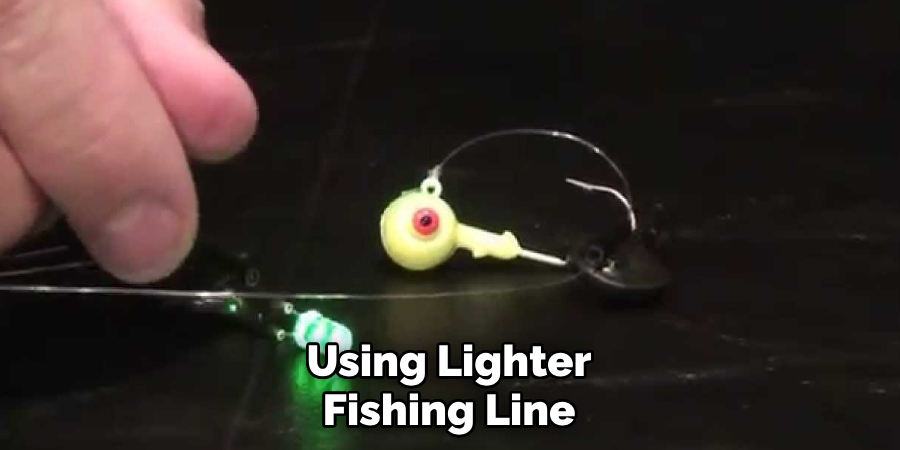
10. Practice Proper Catch and Release Techniques
Lastly, if you want to catch bigger trout, it’s important to practice proper catch and release techniques. This means handling the fish gently, keeping it in the water as much as possible, and quickly releasing it back into the water after removing the hook.
This will help ensure that the trout survive and continue to grow for future catches. It’s also important to use barbless hooks, as they cause less damage and are easier to remove from the fish. Additionally, using a landing net can help reduce stress on the fish and make it easier to release them back into the water.
Things to Consider When Trying to Catch Bigger Trout
When it comes to fishing, catching bigger trout is definitely a goal for many anglers. However, it may seem like an elusive feat at times. You may have tried different tactics and strategies without much success. So, what can you do to increase your chances of landing that trophy-sized trout? Here are some things to consider when trying to catch bigger trout.
1. Know the Habitat
To have a successful fishing trip, it’s important to understand the habitat of the fish you’re trying to catch. Trout are known for being elusive and unpredictable, but they do have specific areas they prefer to inhabit in a body of water. Do your research on the type of trout you’re targeting and learn about their preferred habitat, such as where they like to hide and feed. This will give you a better idea of where to focus your efforts and increase your chances of catching bigger trout.
2. Use the Right Equipment
Having the right equipment can make all the difference when trying to catch bigger trout. This includes the type of fishing rod, reel, and line you use. It’s important to choose equipment that is suitable for the size and weight of the fish you’re targeting. A heavier line may be necessary for bigger trout as they are known to put up a fight when hooked. Additionally, using smaller hooks can also make it easier to catch bigger trout as they tend to be more wary of larger hooks.
3. Be Patient and Persistent
Catching bigger trout requires patience and persistence. It’s not uncommon for anglers to go on multiple fishing trips without catching a trophy-sized trout. But don’t get discouraged, keep trying and eventually your efforts will pay off. It’s important to also be patient while waiting for the fish to bite. Trout are known for being cautious and may take their time before taking the bait, so be prepared to wait it out.
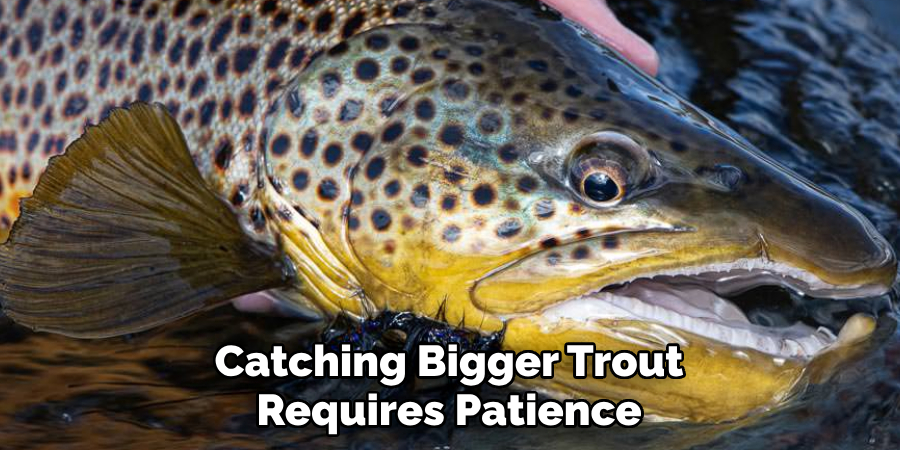
Conclusion
In conclusion, catching bigger trout is a rewarding and exciting endeavor that requires patience, skill, and strategy. By following the tips and tricks outlined in this article, you can increase your chances of landing that trophy fish. Remember to always research your fishing location, use the right bait and tackle, and be mindful of environmental factors.
Most importantly, never give up and keep practicing until you reach your goal of catching a big trout. Whether you’re an experienced angler or a beginner just starting out, these techniques can help you take your fishing game to the next level. Thanks for reading, and we hope this has given you some inspiration on how to catch bigger trout!
About the Author
Jennifer Branett is the author of Fishy Kayak and an expert in fish-related fields, with over 10 years of experience. Her work blends passion for fishing with a commitment to conservation.
Educational Background
Degree: Bachelor’s in Marine Biology
Institution: University of California, Santa Barbara
Specializations: Aquatic ecosystems, fish behavior, and sustainable practices
Professional Experience
Conservation Projects:
Collaborated with local organizations to restore aquatic habitats
Developed educational programs on sustainable fishing practices
Publications:
Authored articles for fishing magazines and environmental journals
Featured speaker at fishing expos and conservation conferences
Key Areas of Expertise
Fishing Techniques:
Kayak fishing strategies
Freshwater and saltwater fishing methods
Environmental Stewardship:
Advocacy for sustainable fishing
Promoting biodiversity in aquatic environments
Awards and Recognition
Recipient of the [Specific Award Name] for contributions to marine conservation
Recognized as a leading voice in the fishing community by [Organization/Publication Name]
Community Engagement
Workshops and Seminars:
Regularly hosts events to educate anglers on sustainable practices
Engages with youth programs to inspire the next generation of fishers
Online Presence:
Maintains an active blog sharing tips, stories, and conservation efforts
Engages with followers on social media to promote fishing ethics
Personal Interests
Enjoys kayaking in scenic locations
Passionate about photography, capturing the beauty of nature
Advocates for local conservation efforts in her community
